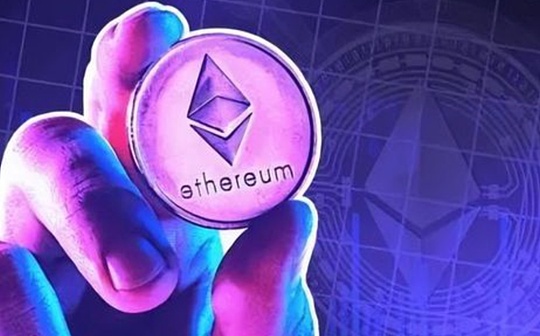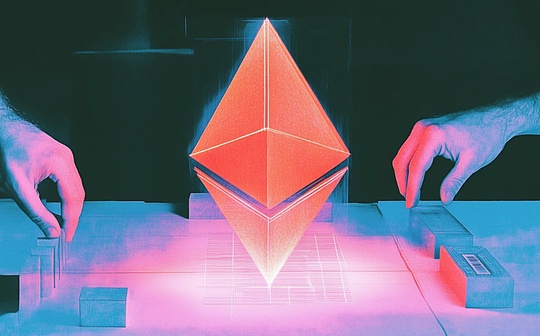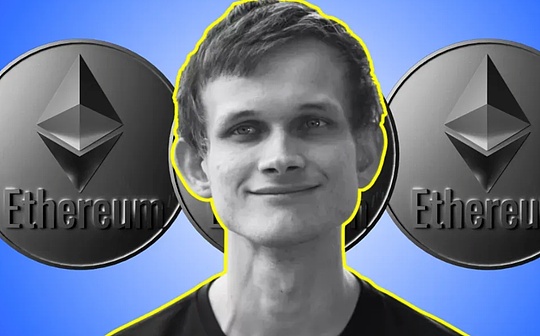
Author: Samuel Haig Source: The Defiant Translation: Shan Oppa, Bitchain Vision
With Ethereum’s upcoming Pectra upgrade becoming the largest in network history, developers are considering splitting its deployment into two hard forks.
After the latest all-core developer execution meeting on June 6, Galaxy Digital researcher Christine Kim said on Twitter that developers are exploring the implementation of the upgrade with two hard forks.
Kim pointed out that nine Ethereum Improvement Proposals (EIPs) have confirmed the inclusion of Pectra, and five more upgrades are under consideration.She added that these upgrades are being implemented in batches in the development network, allowing Pectra’s scope to continue to expand before deployment.
“It’s too much for an upgrade, so the possibility of Pectra being split is still high,” Kim said.“Implementing multiple EIPs in phases on the development network is a new development in the governance process of Ethereum, leaving room for ever-changing upgrade scope.”
Pectra’s upcoming Devnet 1 will include the same eight EIPs tested on Devnet 0.
Disruptive changes
According to Vitalik Buterin, Ethereum chief scientist, Pectra is one of the last few upgrades expected to introduce disruptive changes.
“After the expansion is completed, we will be at the stage where the most difficult and fastest phase of the Ethereum protocol transition is basically over,” Buterin said in an April 2023 Ethereum Foundation live broadcast.“All things need to be done, but these things can be done safely at a slower pace.”
As of now, five execution layer upgrades and four consensus layer upgrades have been “finalized” into Pectra, which cover a wide variety of EIPs since 2020.
Verkle tree and statelessness
EIP-2935 is a key component of Pectra, aiming to introduce Verkle trees and statelessness.The Verkle tree will eliminate the need for nodes to store network state locally, thereby significantly reducing the computational requirements of validators.
According to Kim, developers are also developing three related “parallel upgrades” that may be bundled into Pectra.
This includes the Developer Verifier Light Client, which does not download the entire Ethereum blockchain.Light clients aim to increase the level of decentralization of Ethereum by allowing users to verify the network using “resource-constrained devices such as tablets and phones”.
Since nodes no longer need to store the entire block history of Ethereum, EIP-4444 will also formally specify that historical data be deleted from the full node after the set time to further reduce the computing needs of validators and thus improve node decentralization.
“With EIP-4444: History expires, you don’t have to store most of your history locally,” Buterin said.”The amount of data you need to be a node will be reduced from multiple terabytes to…it can run a node in RAM.”
DApps and other nodes that need to access the deleted block history can query third-party data services after EIP-4444 is deployed.
Developers are also exploring PeerDAS, which will further provide layer 2 data availability after the introduction of proto-danksharding in March.
Consensus layer upgrade
Many plans to incorporate Pectra upgrades aim to improve the functionality and efficiency of Ethereum staking.
EIP-6110 aims to reduce the delay between stakers depositing collateral at the Ethereum mainnet execution layer and processing of corresponding transactions on the beacon chain.It will also reduce the complexity of validator client software.
EIP-7251 is designed to slow the growth of Ethereum validator set and reduce its size to enhance network security.EIP-7002 will expand the number of designs provided by developers to create staking pools.
EIP-7549 is designed to increase the efficiency of authentication, thereby reducing network load and node bandwidth requirements.
Execution layer upgrade
At the execution layer, EIP-2537 and EIP-7865 will enhance interoperability between the Ethereum mainnet and its beacon chain consensus layer.This will extend the functionality of decentralized staking pools, DAOs, and DApps that communicate with beacon chains for staking functionality.
A set of ten EIPs related to the EVM Object Format (EOF) is designed to renovate the Ethereum virtual machine (EVM, Ethereum’s core smart contract engine).EOF will improve the upgradeability of EVM contracts and the efficiency of smart contract code execution.
EIP-7702 is a controversial upgrade that will enable the “Smart Account” feature for regular externally owned accounts (EOA) wallets.The upgrade will enable bulk transaction execution, transaction fee sponsorship and delegate wallet security, but critics warn that the upgrade may leave users vulnerable to new attack vectors.
“It is important to note that developers are implementing Pectra EIP in phases, which means that if EOF, EIP-7702, or PeerDAS fail to enter the development network in the coming months, developers may completely remove it from the upgrade orSplit the Pectra into two hard forks,” Kim said.
Unconfirmed upgrades
Kim pointed out that developers have not confirmed the inclusion of the other two consensus layer upgrades in Pectra.
EIP-7688 will make it easier for the staking pool to verify whether participating validators are being cut.
Developers may also consider reducing the new Ethereum issuance rate.Ethereum Foundation researcher Mike Neuder recently advocated this move, believing that since the Ethereum staking reward mechanism was determined in 2020 on the eve of the beacon chain deployment, the Ethereum network and ecosystem have experienced “major changes”.
However, the proposal quickly became controversial, with many community members opposed Neuder’s suggestion.Some observers worry that this may open the door to frequent intervening in the economics of network tokens without the wider community participation of Ethereum Foundation researchers.








